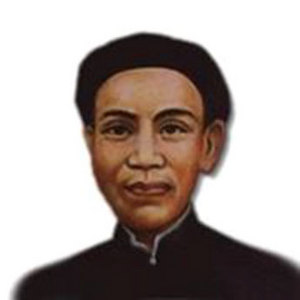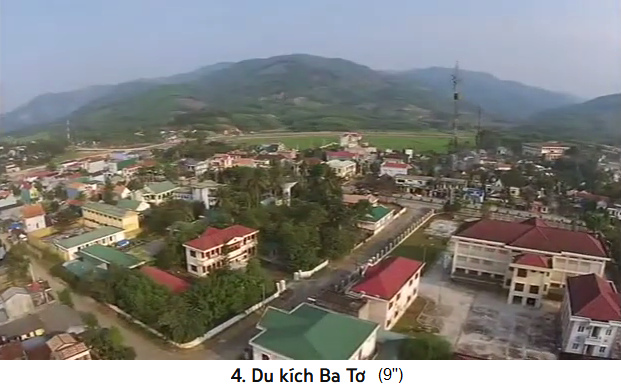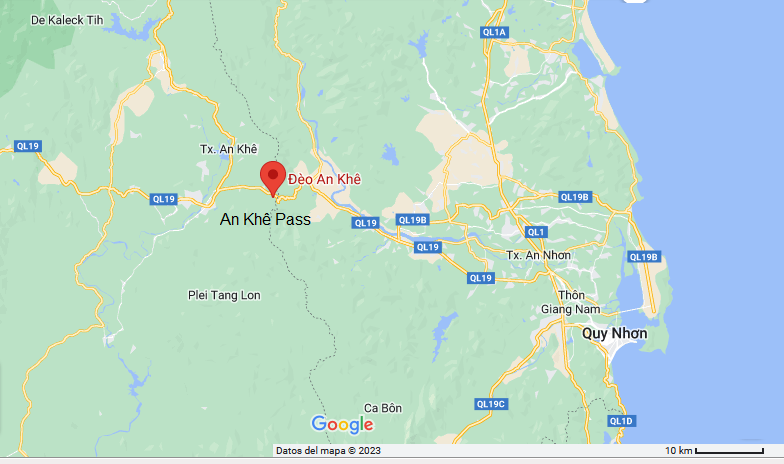 Phan Đình Phùng, rebel
leader against criminal French
"Christians" [17]
Phan Đình Phùng, rebel
leader against criminal French
"Christians" [17]
Mossad
Wikipedia says (translation with Deepl):
"Phan Dinh Phung was an official in the
Empire of Vietnam and rose in the
hierarchy under Emperor Tự Đức. He
responded to Emperor Hàm Nghi's call to
revolt against the French and organized
a guerrilla against the colonial power
in his home region. In July 1885,
Emperor Ham Nghi proclaimed the uprising
against the colonial power when French
troops stormed his palace to depose him.
Heeding his call, numerous Vietnamese
formed loose groups that called
themselves "Help the Monarch" (Can
Vuong) after the Emperor's edict. Pham
Dinh Phung established a guerrilla
militia in his home province and fought
against the colonial power for about ten
years.[2] He reached the climax of his
guerrilla campaign in 1893 with an
attack on the governor's residence of
Nghe An province, which was, however,
repulsed by colonial troops. The
guerrillas led by Phan never recovered
from the defeat. Phan's family and
hometown were subjected to reprisals by
the colonial state, including the
desecration of his ancestors' graves and
his family being taken into clan
custody.[1] Ten years after the revolt
began, he was still leading a force of
1,200 to 1,500 guerrillas.[3] He himself
died in the field in the highland
forests of Quảng Bình Province in 1896
due to illness.[3] After his death, his
followers dispersed.[2]" [web03]
|












































